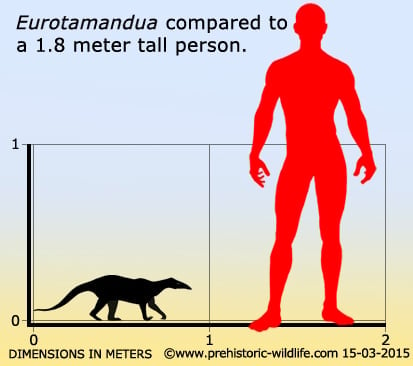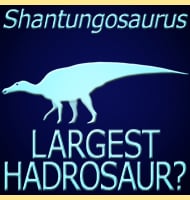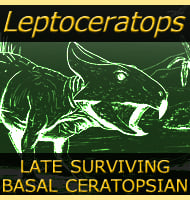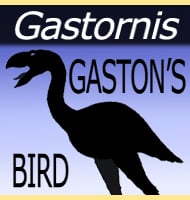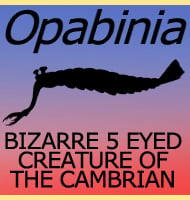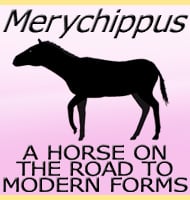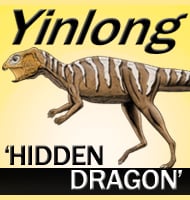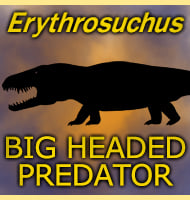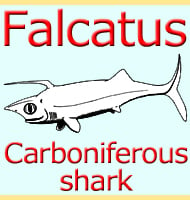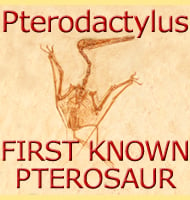In Depth
Eurotamandua acquired its name from its similarity to the modern day Tamandua, better known as an ‘anteater’. However, the Tamandua is a member of the Xenarthra, and although Eurotamandua was initially assigned to this group, more modern thinking and analysis leans more towards Eurotamandua being a pangolin. Although still similar, this would mean that Eurotamandua possibly had keratinous scales covering the body rather than a thick coat of fur like anteaters have. This has also given rise to the idea that another extinct genus called Eomanis is actually a juvenile of Eurotamandua. If proven then this would see Eurotamandua become a synonym to Eomanis, which essentially means the Eurotamandua specimen will be renamed as one for Eomanis. Further support for this idea comes from the fact that both Eurotamandua and Eomanis are known from the same fossil deposit.
Classification issues aside, we can be almost one hundred percent certain about the lifestyle of Eurotamandua. The snout of Eurotamandua is long, toothless and with weak jaw closing muscles. These are exactly the same key skull features found in other anteaters, with further evidence for a specialised ant eating diet coming from numerous remains of ants that were preserved along with the Eurotamandua type specimen. Eurotamandua also had large and robust claws that would have easily ripped open ant nests so that Eurotamandua could flick out their long tongues and consume large quantities of ants. It is also possible that Eurotamandua may have been able to use these claws for climbing trees in order to keep out of the way of ground dwelling predators.
Further Reading
– The Phylogeny of Living and Extinct Pangolins (Mammalia, Pholidota) and Associated Taxa: A Morphology Based Analysis. – Journal of Mammalian Evolution. Heidelberg, Germany: Springer Science+Business Media. 16 (4): 235–305. – Timothy Gaudin – 2009.
